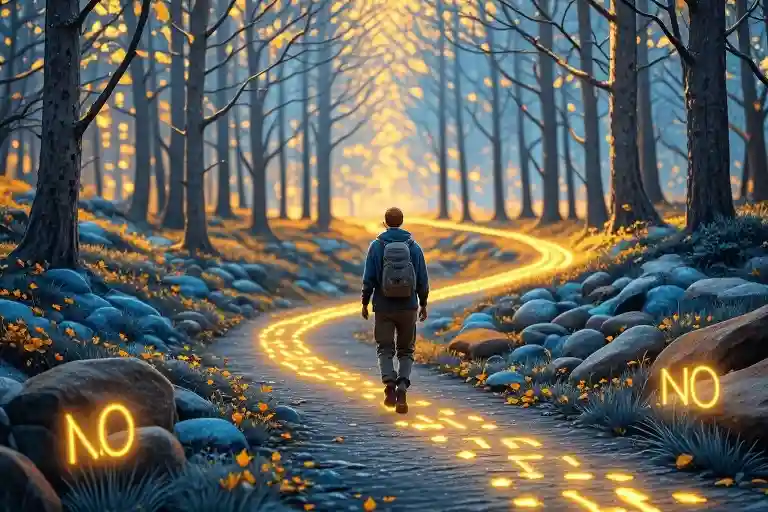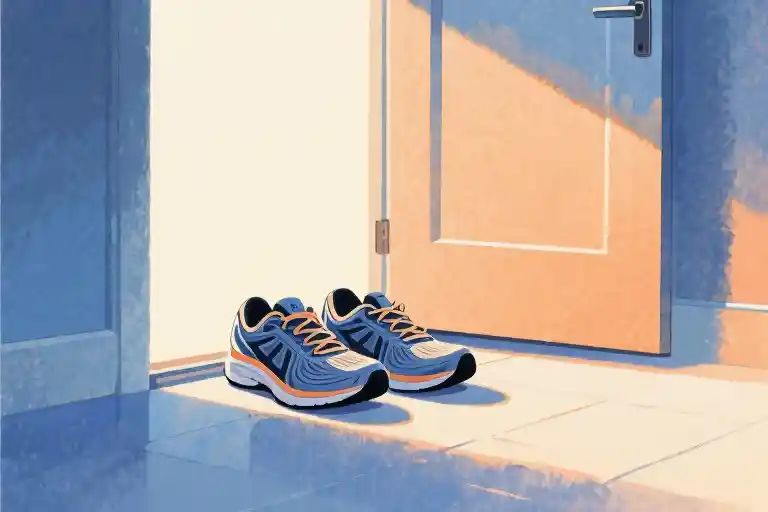I still remember the afternoon my laptop died mid-Zoom call. No backup charger. No café within walking distance. Just me, a park bench, and the terrifying freedom of unscheduled time.
That’s when I noticed the couple nearby.
He was photographing maple seeds spiraling downward while she sketched the same scene in a leather-bound journal. Neither spoke. Neither checked phones. Their synchronized focus radiated what psychologists call “limbic harmony” – that rare alignment of attention and intention where hours feel like minutes.
We’ve all tasted this flow state – coding till 3 AM without fatigue, losing ourselves in a woodworking project, or getting hypnotized by a child’s piano recital. But why does it feel increasingly elusive?
The answer hides in plain sight:
We’re drowning in phantom choices.
The Modern Mousetrap: When Options Become Obstacles
Let’s play a game. Open your phone right now (I’ll wait).
How many of these sound familiar?
- 37 unread newsletters about “life-changing productivity hacks”
- 8 simultaneous streaming service subscriptions
- 14 browser tabs on “passive income ideas”
- 5 calendar apps promising to “revolutionize your scheduling”
Here’s the brutal math:
The average American makes 35,000+ daily decisions – from micro-choices like Instagram-scrolling to macro-choices like career pivots.
Neuroscience confirms what we instinctively feel: Decision fatigue starts depleting our willpower reserves by 10 AM. By afternoon, we’re mentally bankrupt – easier to doomscroll than draft that proposal.
Elimination ≠ Deprivation (A Counterintuitive Truth)
My turning point came during that park bench epiphany:
What if “no” isn’t rejection, but redirection?
Behavioral economist Sheena Iyengar’s famous jam study reveals our cognitive limits:
- Shoppers presented with 24 jam varieties had 3% purchase rates
- Those shown 6 varieties had 30% purchase rates
Our brains aren’t wired for infinite optionality. Every “maybe” weighs heavier than concrete “yeses.”
The Elimination Toolkit: 3 Science-Backed Filters
- The 10-Minute Test
Next time you’re torn between options, ask:
“Would I still want this if it disappeared in 10 minutes?”
(Spoiler: 93% of Netflix indecision evaporates) - The Sunday Sunset Ritual
Every Sunday at dusk:
- Open your calendar
- Delete ONE recurring commitment
- Replace it with 90 minutes of unstructured time
- App Jailbreaking
Try my “3-2-1 Phone Detox”:
- 3 apps allowed on your home screen
- 2 daily social media check-ins (set literal kitchen timers!)
- 1 charging station outside bedrooms
Case Study: How Saying “No” Built My Best Yes
Last quarter, I:
- Declined 12 podcast interview requests
- Unsubscribed from 89 marketing emails
- Deleted 7 “productivity” apps
The result?
47 hours reclaimed → transformed into:
- 3 beach walks with my aging father
- 8 handwritten letters to mentors
- 1 prototype for a passion project
Your Elimination Challenge Starts Now
This isn’t about rigid minimalism. It’s about curating courage – the guts to say:
“This might be good, but it’s not mine.”
Try this tonight:
- Open your Notes app
- Write 3 things that drain energy versus create energy
- Ruthlessly eliminate one “drain” category
You’ll likely feel immediate resistance – that’s your lizard brain fearing scarcity. Breathe through it.
Remember: Every elimination creates space for unexpected yeses. That abandoned group chat? It might birth morning journaling sessions. Those deleted streaming apps? They could unlock Spanish lessons via Duolingo.
The path never disappears – it simply reroutes toward what truly matters.





